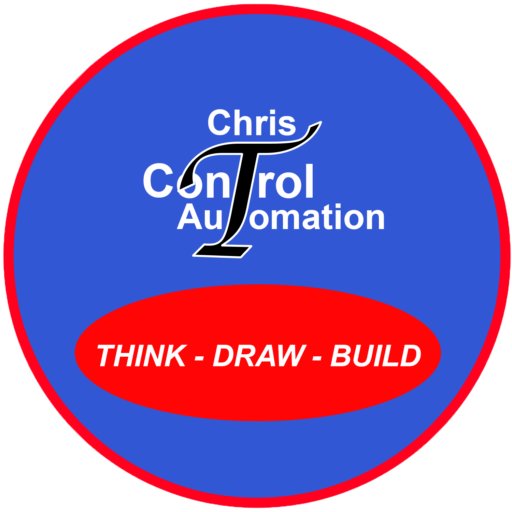PLC programming
This course gives you complete practical training on the Siemens S7-300 CPU 314C-2 DP and S7-1200 CPU 1214C, as well as the CompactLogix L24ER physical modules, using Simatic Manager, TIA Portal, and Studio 5000 Logix Designer respectively.
You will learn how to design, program, and test automation systems step by step, from simulation on your computer to running real industrial projects on physical PLC modules.
The training focuses on real life control applications such as motor starters, analog signal handling, and process automation. You will also learn how to connect your PLC with HMIs and VFDs, read and scale analog sensors like PT100 and transmitters, and troubleshoot complete working systems.
By the end of this course, you will be confident in building, wiring, programming, and testing fully functional automation setups just like those used in modern industries.
This is the heading
Lorem ipsum dolor sit amet, consectetur adipiscing elit. Ut elit tellus, luctus nec ullamcorper mattis, pulvinar dapibus leo.
What you will learn
- Understanding PLC architecture and its components
- Developing and debugging ladder logic programs
- Implementing timers and counters
- Programming Siemens and Allen Bradley PLCs
Course Outline
Module 1: Introduction to PLCs and Industrial Automation
- Overview of industrial automation systems
- Components of PLCs and control panels
- Understanding input/output devices
- PLC safety and standards
Module 2: PLC Hardware and Wiring
- Understanding PLC hardware configuration
- Digital and Analog Input/Output Modules wiring
- Interfacing sensors, actuators, and switches
- Hands-on wiring of PLC modules
Module 3: Ladder Logic Programming
- Introduction of Programming Blocks
- Structure of Ladder Logic
- Creation and Configuration of Symbol Tables
- Insertion of Control Instructions such NO, NC, and Coils and etc.
- Start/Stop motor control circuit programming
Module 4: Timers, Counters, and Interlocking Circuits
- Understanding TON, TOF, and RTO timers
- Counters (CTU, CTD) and reset instructions
- Interlocking and sequence control circuits
- Practical timer-based control exercises
Module 5: Advanced PLC Programming
- Arithmetic and comparison operations
- Subroutines and modular programming
- Set/Reset, latch, and memory bit operations
- Real-world industrial examples
Module 6: Analog Processing and Communication
- Working with analog inputs and outputs (4–20mA, 0–10V)
- Scaling analog values
- PLC-to-PLC and PLC-to-HMI communication (Modbus, Profibus)
Module 7: Final Project — Complete Automation Setup
- Designing a small automated system
- Archiving and Retrieving of PLC Projects
- Fault Diagnostics
Course Instructor

Christgood Appiah is Instrumentation and Industrial Automation Professional with practical industry experience in Programmable Logic Controllers and Industrial automation.
Related Coures
Industrial Controls
Learn how to design your own control circuit, and also learn about all the motor starters. Learn how to read and interpret electrical diagrams at ease.
VFD Programming
Master wiring, configuration, and speed control of 3-phase motors using VFDs. Learn how to link the VFD with a PLC for communication.
SCADA/HMI Design
Design interactive control and monitoring systems with HMI and SCADA integration. You create tags on both PLC and SCADA/HMI for communication.

